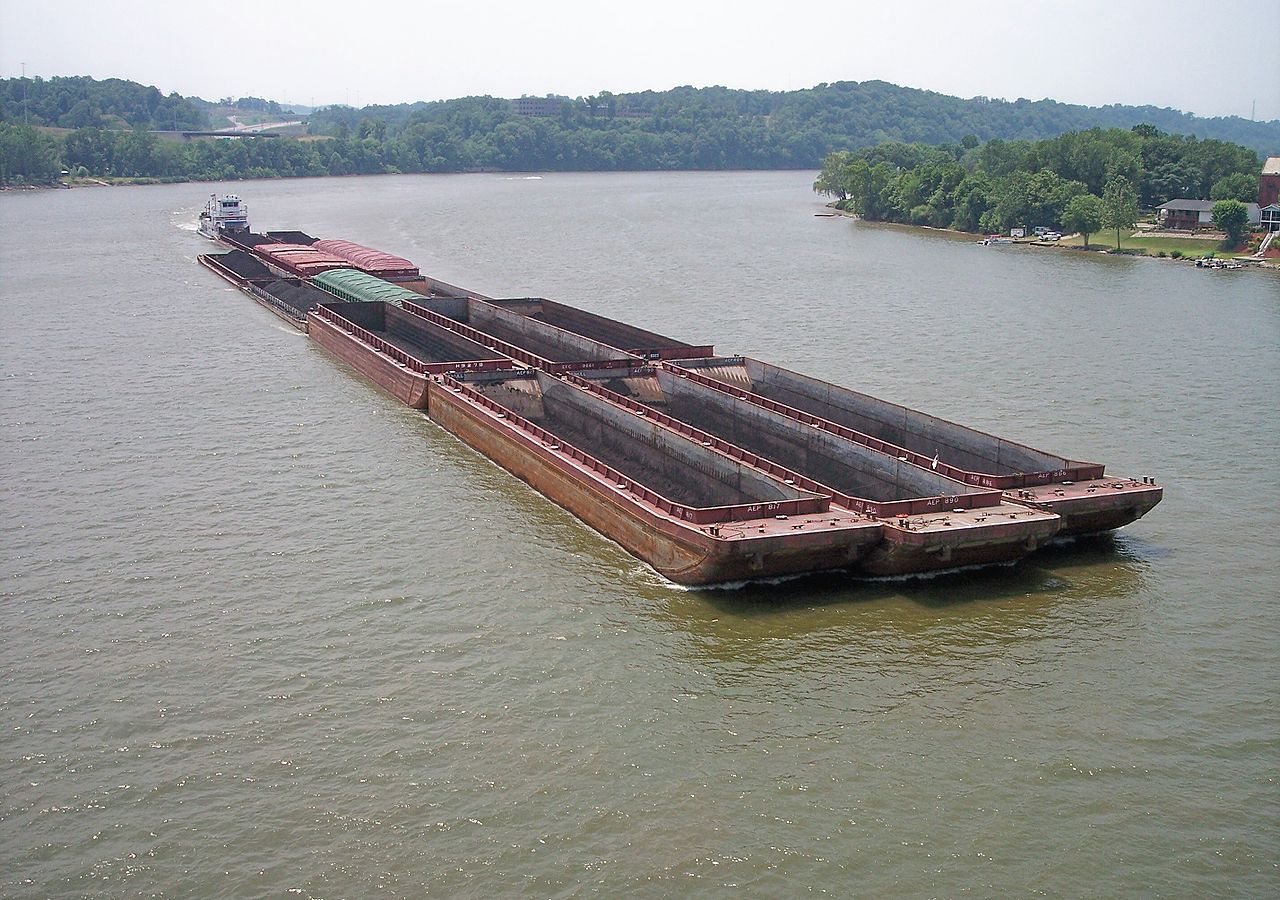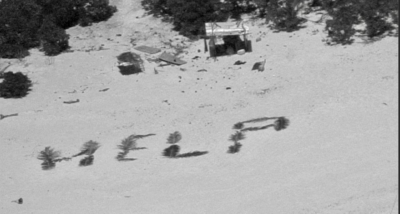I remember seeing railroad coal trestles in suburban northern New Jersey towns in the 1950s where coal was discharged from the bottom of the rail car and then moved to residences by local delivery truck.
This coal was used for heating. It was mostly displaced before World War II by cheaper cleaner oil, which in turn was displaced by cheaper cleaner natural gas.
A similar national displacement of coal for electricity generation by natural gas has been well documented. The extent of coal’s market share of electricity generation by states served by the Mississippi River System (MRS) paints an interesting picture for the future of coal-related waterborne commerce.
The MRS has 17 states that are directly served by 25,000 miles of navigable waterways. Direct transfer of coal from barges to utilities is possible for these 17 states that have utilities adjacent to a navigable waterway. Thus, coal’s share of electricity generation in these “waterway-served” states should be relatively high.
A map showing coal’s market share of state electricity generation published in The Wall Street Journal recently indicates that there are relatively few states served by the MRS with very high shares of electricity generated by coal. Of the 17 MRS waterway-served states only three, West Virginia, Kentucky and Missouri, show very high shares of electricity generated by coal, in the 75% to 100% range. Three more states, Ohio, Indiana and Wisconsin, are in the 50% to 75% range.
MRS waterway states with lower shares of electricity generated by coal, in the 25% to 50% range, include Minnesota, Iowa, Illinois, Arkansas, Tennessee and Texas. Waterway-served states with the lowest percentage of coal-generated electricity generated, 0% to 25%, are Pennsylvania, Alabama, Mississippi, Louisiana and Oklahoma.
States in the coal bread basket, where coal electricity generation accounts for a 50% or more share, are adjacent to the MRS. States on the east side of the MRS have less proximity to western low sulphur coal, which is rail based, and thus should be more oriented to barge transport.
Therefore, coal versus natural gas development in these states, particularly West Virginia, Kentucky and also Ohio and Indiana, will be important for the future coal share moved by the MRS.





